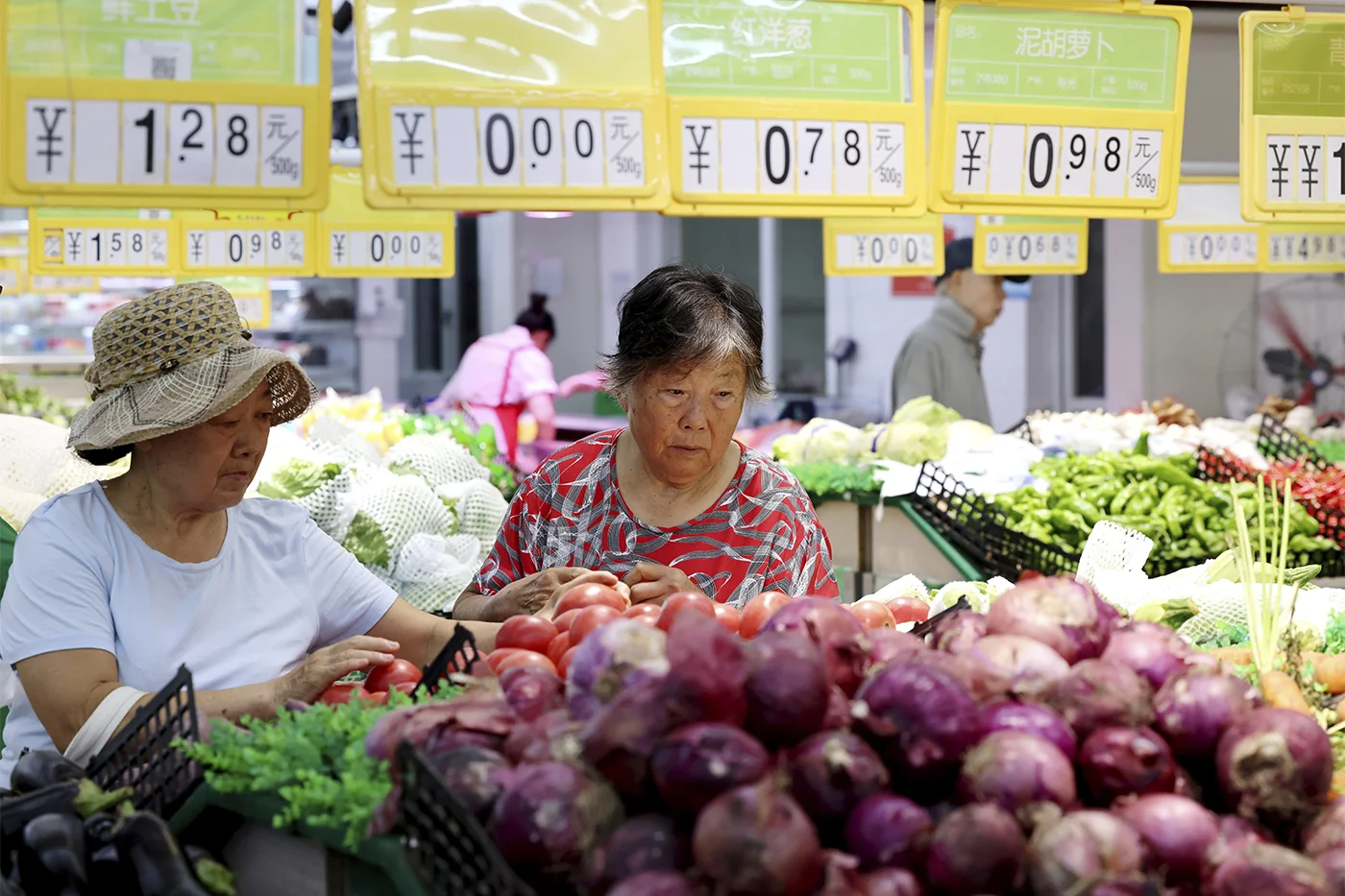Over the past half-year, China’s economic landscape has been marred by a series of unfavorable developments, sparking concerns both domestically and internationally. A sequence of economic indicators, including sluggish growth, record-high youth unemployment, dwindling foreign investment, subdued exports, and a property market in turmoil, has led to questions about the health and sustainability of the world’s second-largest economy.
US President Joe Biden’s characterization of China’s economy as “a ticking time bomb” has intensified the focus on its vulnerabilities. However, as is often the case in complex economic scenarios, the reality lies somewhere between the extremes.
While the possibility of an immediate and catastrophic economic collapse appears remote, China is grappling with a set of profound and deeply ingrained challenges that could impact its trajectory in the long term.
At the heart of these challenges is the property market crisis, which has significantly reshaped China’s economic landscape. The property sector’s historical prominence as a pillar of wealth creation has been disrupted by a combination of factors, including the global pandemic and demographic shifts. These dynamics have shaken investor confidence, resulted in plummeting property prices, and diminished household wealth.
An unintended consequence of the property crisis is the dampening effect it has had on post-pandemic spending and economic rebound. Unlike in Western economies, where consumers’ spending habits typically drive economic resurgence, Chinese households have been compelled to exercise caution due to their property-related financial vulnerabilities.
The ongoing property turmoil underscores larger structural issues in China’s economic model. The nation’s rapid growth over the past three decades, propelled by extensive infrastructure development and construction projects, now faces limitations. Economists argue that the country must seek alternative paths to generate prosperity, necessitating significant structural and institutional reforms.
However, the shift from a model heavily reliant on building and construction to one focused on diversified growth sectors is easier said than done. China’s current economic approach demonstrates a rigid adherence to centralized control, which hinders the flexibility needed for a dynamic economy.
For instance, the rise in youth unemployment raises questions about the country’s ability to absorb a substantial number of graduates into the labor force effectively. China’s top-down management system is effective for initiating large-scale projects but struggles when dealing with complex labor market dynamics.
A successful transition requires more than just economic reform—it necessitates a political and ideological shift as well. The Chinese Communist Party’s firm grip on the country’s affairs presents challenges for introducing the necessary market-oriented reforms. China’s leadership is caught between preserving its political control and adapting to evolving economic realities.
President Xi Jinping’s vision emphasizes sustained growth, albeit at a lower rate than previous years. This focus aligns with China’s desire to reduce reliance on consumerism-driven growth models, which might enhance economic stimulus but potentially compromise national security and global competition.
The recent surge in investments in advanced industries like semiconductors, artificial intelligence, and green technology showcases China’s efforts to bolster its global competitiveness. This strategic pivot seeks to lessen China’s dependence on external sources while fostering innovation domestically.
As China confronts its current economic challenges, it is clear that a fundamental transformation is underway. The leadership’s response to the issues at hand reflects a long-term vision over immediate remedies. This calculated approach reflects China’s unique economic and political circumstances.
While President Biden’s “ticking time bomb” analogy may not fully capture the nuanced situation, it serves as a reminder that China’s economy is at a crossroads. The country’s leadership faces the delicate task of steering the nation through these challenges while simultaneously fostering a sustainable and adaptable economic model.




